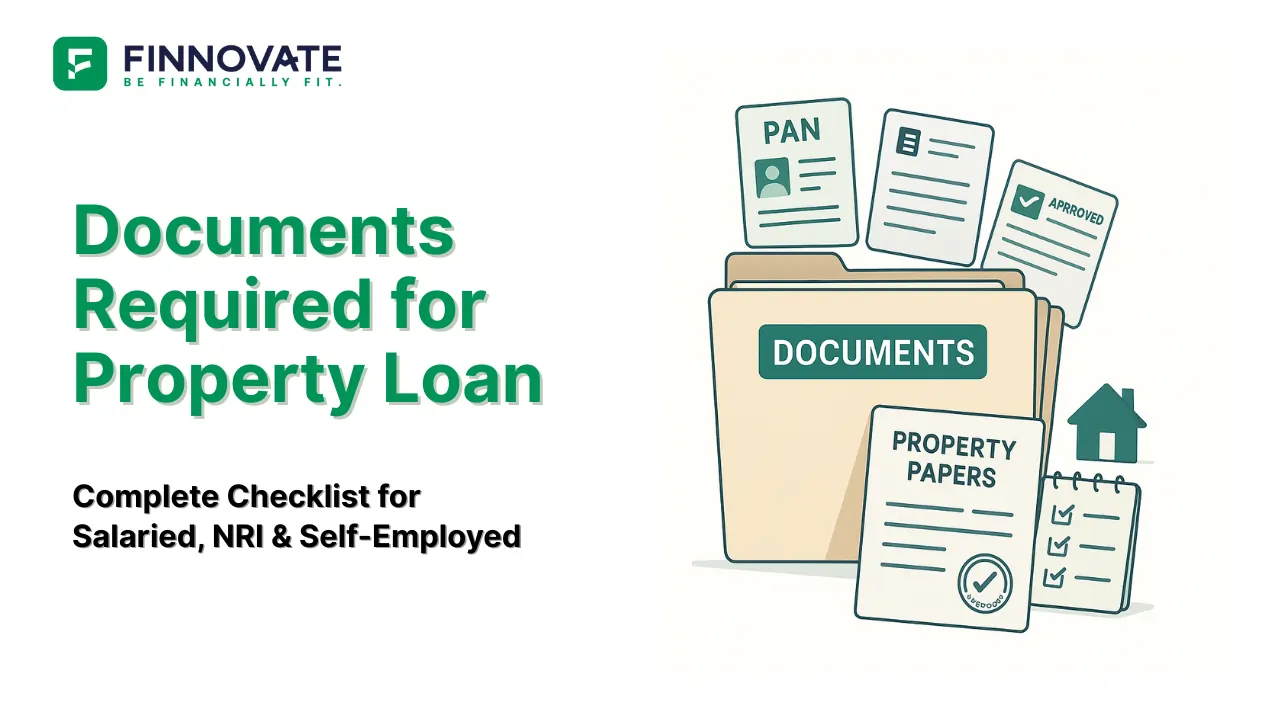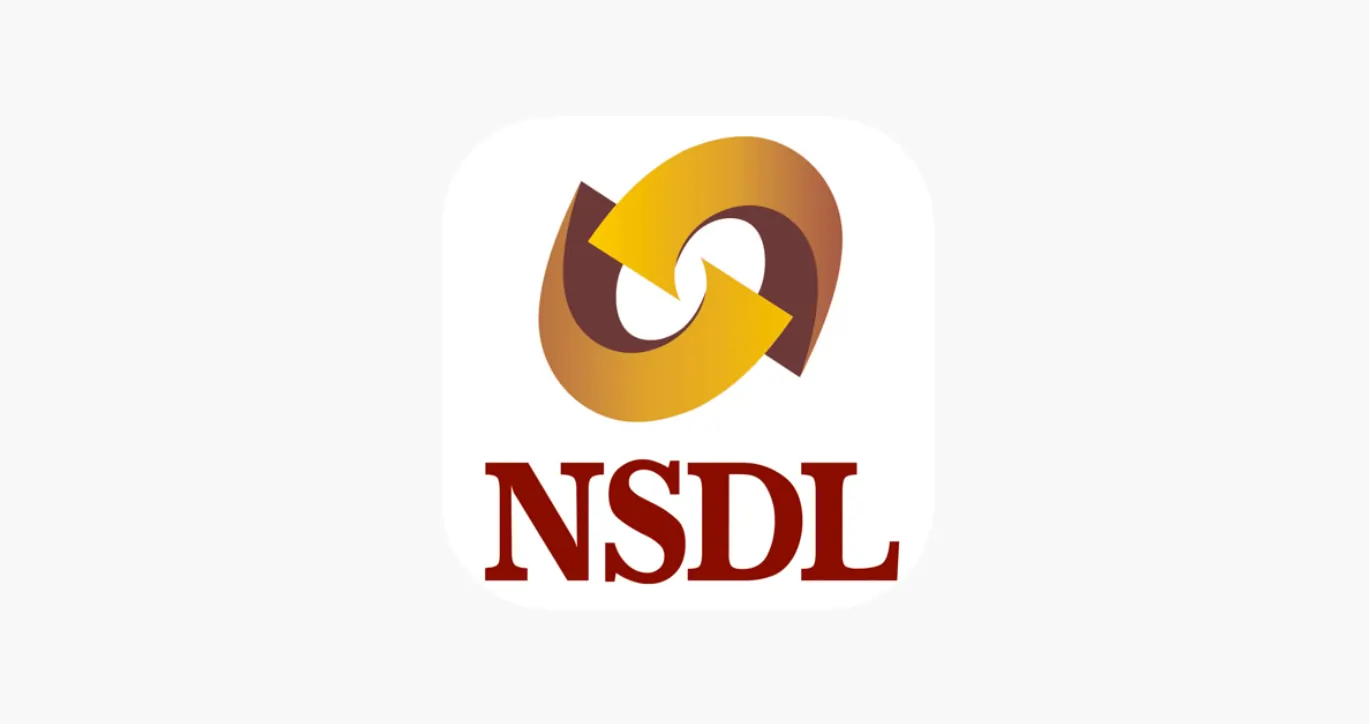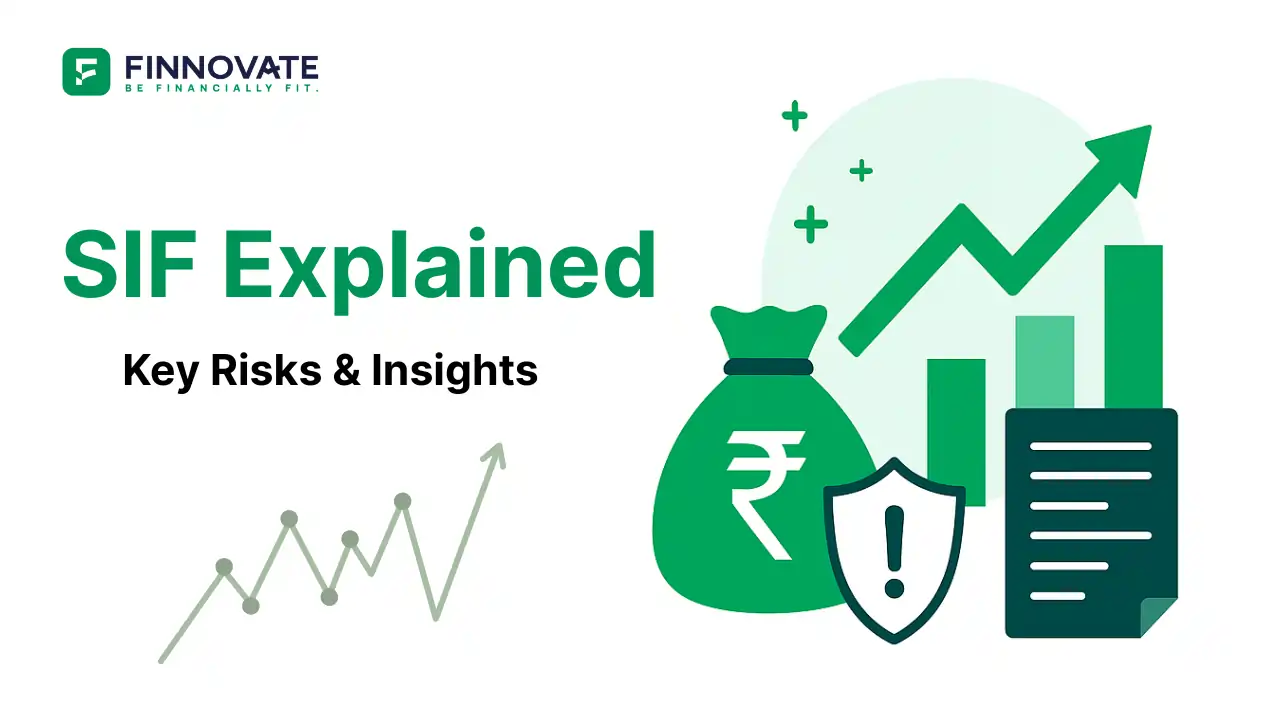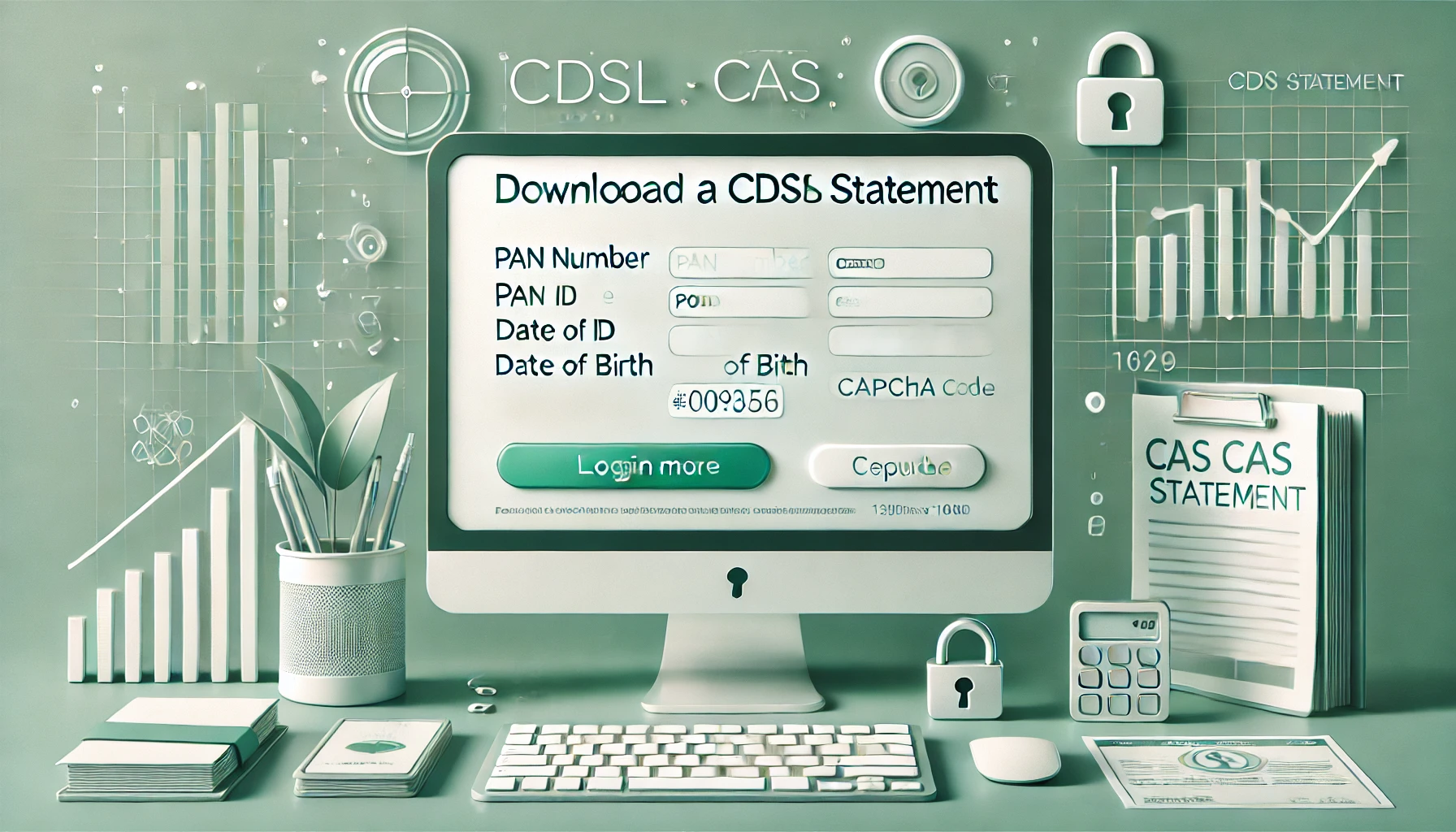
Documents Required for Property Loan in India (2025) - Complete Checklist for Salaried, NRI & Self-Employed
Confused about which documents are needed for a home or property loan in India? Here’s a...
Short answer: For an unsecured personal loan after death, legal heirs are not personally liable. The lender can recover from (a) any co-borrower/guarantor, (b) the personal loan insurance cover if taken, and/or (c) the estate of the deceased. If none of these suffice, the bank may record a loss after due recovery steps.
No, heirs don’t automatically inherit the debt. Liability for a personal loan after death is limited to the estate the borrower leaves behind - unless an heir is a co-borrower or a guarantor. This is the core principle to communicate to families handling succession.
Key points
Co-borrower: Jointly and severally liable for EMIs. After the main borrower’s death, the co-borrower must continue repayment or settle as per the contract.
Guarantor: Liability is co-extensive with the borrower; if the borrower dies and the loan is unpaid, the guarantor can be proceeded against to the extent of the outstanding.
Practical note: If both exist (co-borrower and guarantor), banks typically approach the co-borrower first, while retaining the right to proceed against the guarantor.
A credit life / loan protection policy (if purchased) can clear dues on death.
Tip: Families should immediately locate the personal loan insurance cover documents, policy number, and assignment details.
There are no RBI rules that make heirs personally liable for a personal loan. RBI issues customer-service and claim-processing guidelines (e.g., timelines for settling deceased customers’ deposits/lockers), but loan recovery continues to be governed by the loan contract, the Indian Contract Act (for guarantees), and civil recovery processes.
Banks can seek recovery from the deceased’s estate before assets pass to heirs. Practically, banks may:
| Aspect | Secured Loan (Home/Auto, etc.) | Unsecured Personal Loan |
|---|---|---|
| Primary recourse | Collateral (bank can enforce security) | No collateral |
| Impact on heirs | Asset may be auctioned; heirs can redeem by clearing dues | Recovery limited to estate unless heir is co-borrower/guarantor |
| Insurance role | Mortgage/credit cover (optional) may close dues | Credit life (optional) may close dues |
This clarifies why personal loan after death often depends on co-borrower vs guarantor and estate value, not on the heirs personally.
Loan liability doesn’t disappear if something happens to the borrower - it often passes on to the family. The right planning with insurance, estate tools, and financial structuring can protect your loved ones from this burden.
Book a Call With Our ExpertsThe bank will first look for insurance and then recover from the estate. If inadequate, it may charge off after recovery attempts. Heirs’ personal assets aren’t liable.
Yes. A co-borrower is contractually liable to continue EMIs/settle dues. Request a brief moratorium if needed and align on a repayment plan.
If a standing instruction exists and the account remains active, debits may continue until the bank is notified. Inform promptly, supply documents, and discuss revised handling.
The guarantor can be asked to pay; liability is co-extensive with the borrower under contract law.
Not from their personal assets. Recovery is from the estate of the deceased, unless the heir is a liable party (co-borrower/guarantor).
No. It is optional. Evaluate premium vs benefit, exclusions, and whether the policy is assigned to the bank.
Disclaimer: This guide is for education only. Liability of heirs for an unsecured personal loan after death is generally limited to the deceased’s estate; co-borrowers/guarantors may be pursued per contract and law. Regulations and bank policies can change. Please consult a lawyer and a SEBI-registered investment adviser before acting.
Popular now

Learn how to easily download your NSDL CAS Statement in PDF format with our step-by-step g...

Explore what Specialised Investment Funds (SIFs) are, their benefits, taxation, minimum in...

Learn How to Download Your CDSL CAS Statement with our step-by-step guide. Easy instructio...

Looking for the best financial freedom books? Here’s a handpicked 2025 reading list with...